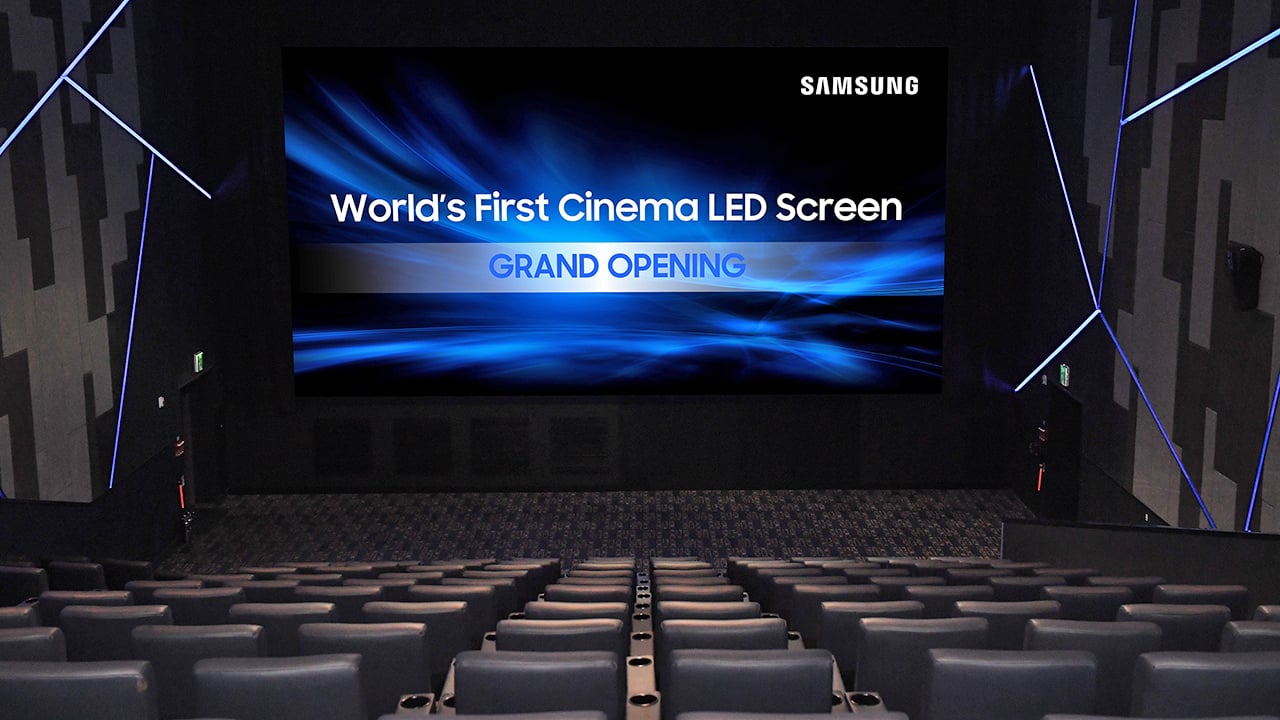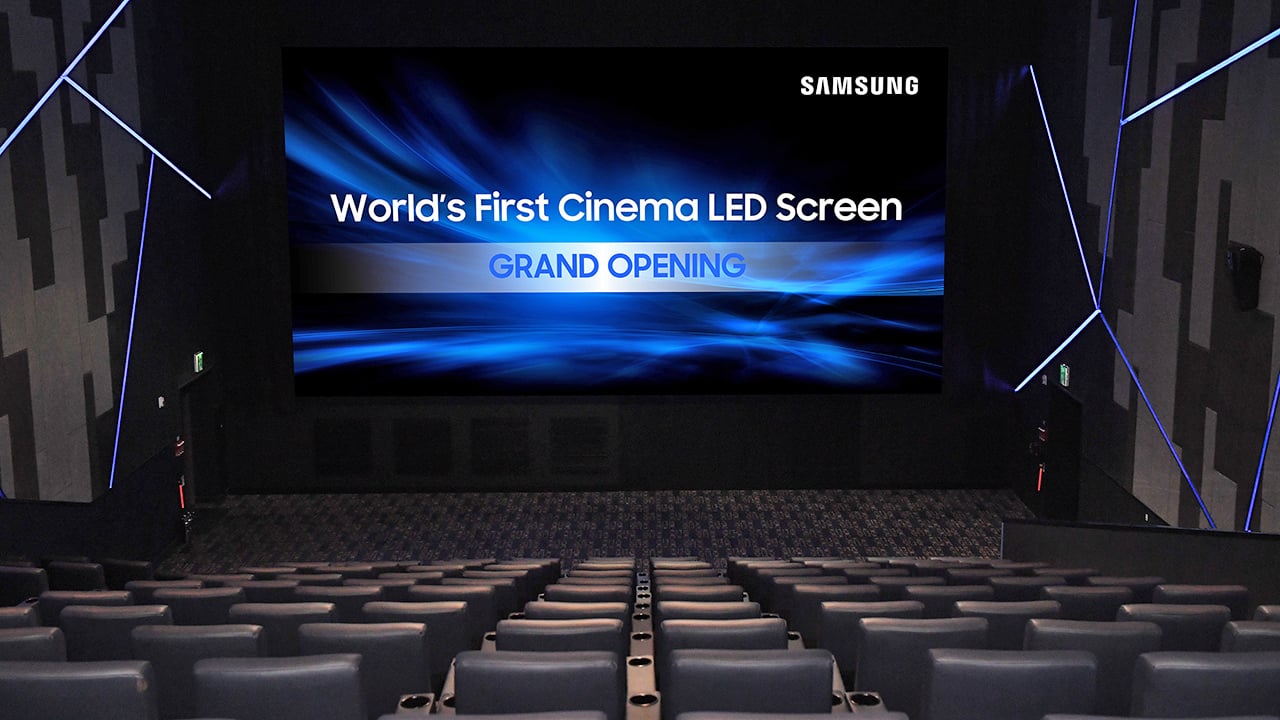
 LED screens offer huge advantages over digital projection
LED screens offer huge advantages over digital projection
The writing is on the wall for cinema projection. New screen technology composed of LEDs is set to disrupt the century-old way of viewing movies on the big screen by the end of the next decade. The transition will as likely be driven as much by filmmakers as manufacturers keen to present their work with a high dynamic range far greater than any projector can achieve.
“LED displays are likely to obsolete projection by 2030 or sooner,” predicted Peter Lude, Technical Advisor, RealD.
LED displays — also called emissive or direct view displays — are composed, as you might expect, of tiny LEDs of 0.2/0.6mm. These are built into modules, the modules into panels and the panels into whatever size you like. The base resolution is 4K (or over 8 million pixels per panel), but Sony says its Crystal LED technology, which emerged out of the firm’s visualisation division (for high-end advertising) can display resolutions of 16K.
“Without being arrogant… our technology is too good for cinema,” said Oliver Pasch Sales Director Digital Cinema Europe, Sony. “But that’s good since it’s easier to make something of lower spec than to make something of higher spec.”
What’s wrong with projectors anyway? Well, emissive displays can deliver dramatically improved contrast for a dynamic range that beats projection capabilities.
“With every projector light leaks from the light source, but with LED, when you turn it off, there is no light coming out,” said Lude, who light-heartedly suggested coining the term Super Extraordinary Amazing Dynamic Range (SEADR) for its superlative effect.
Sony and Samsung, the two manufacturers currently backing direct view cinema screens, claim contrast ratios of infinity to one.
There’s also the issue of ambient light in a cinema — the exit door signs, for example — where the light is reflected off the projection screen back out to the audience. No so with LEDs that suck in the light.
“LEDs can render blacks to be extremely dark, meaning that, for example, light reflections from water or headlights can be displayed at higher brightness than is possible in any projector,” said Lude.
Plus, you can have new screen configurations. A panoramic cinema experience is currently being marked by Barco (called Barco Escape) using three projectors, but this suffers from light bouncing between the screen and degrading the grey scale.
“So, imagine an immersive screen wrapping around the audience using LED panels. The blacks are stunning, there are no straight edges, the curves are very tight and it could be supplied with content from the VR world taken from head-mounted displays and engineered for a movie narrative. None of that is possible with projection.”
There are economic benefits too for cinema owners. Since the LED consumes no power when they are switched off to ‘illuminate’ black, this saves on electricity versus the always-on energy of laser projection or xenon lamps. LED panels last up to 100,000 hours or 15 years, whereas projectors have a lifespan of barely half that. You can get rid of projection booths and all the speakers that currently sit behind the projection screen — for multiplex owners to fit in more screens.
Are there any downsides? The principal one is cost. Just now, to make a LED screen of 40-50ft, which is the size of the average main screen in your local picture house, it would cost $700,000.
However, as with any new technology this cost — principally the cost of manufacturing the LED boards — will reduce in price.
“When the total cost of ownership is close to projectors, then change is imminent,” said Lude.
The introduction of MicroLED technology, in which brand giants like Sharp, Google and Apple have invented, could cause the price to drop dramatically, he predicts.
In July, Samsung introduced the world’s first commercial direct view screen into a theatre in Seoul. Sony says it is building a cinema product but has not given details of when this is available.
Sony of course also makes projectors. “It is not the end of projectors. We will see another round of sales of projectors into cinema. But LED is probably the only true HDR option around.”
Tags: Studio & Broadcast


Comments